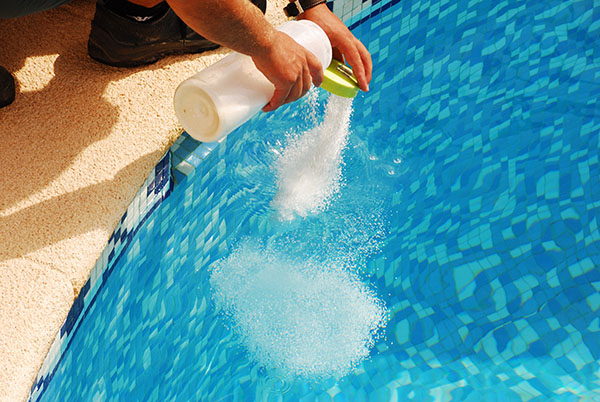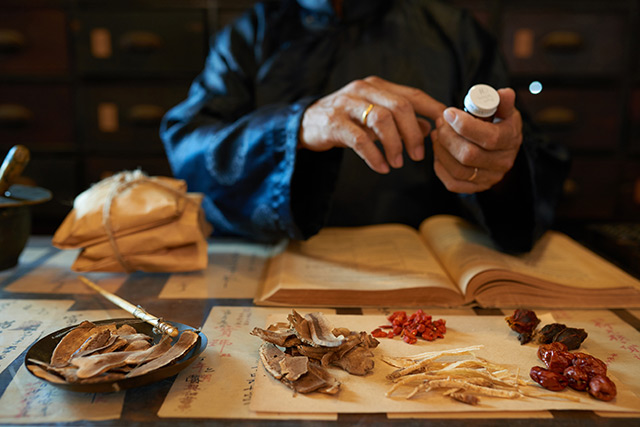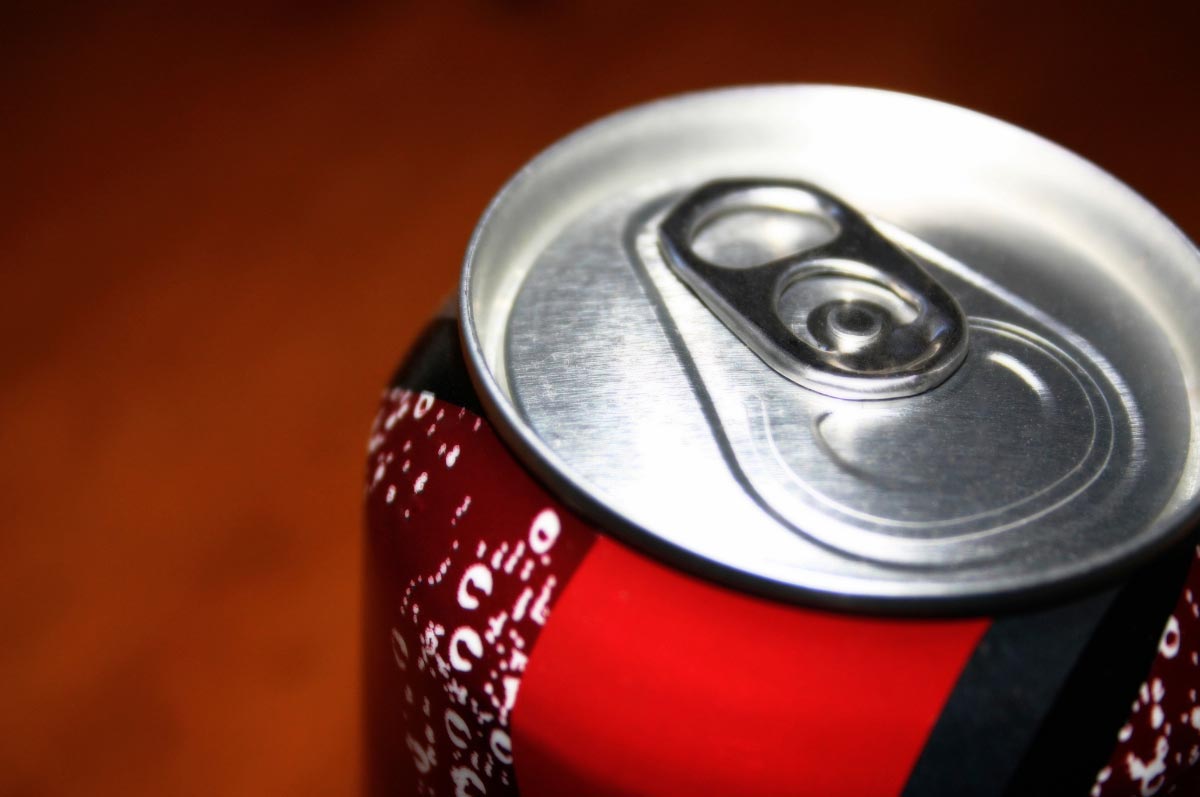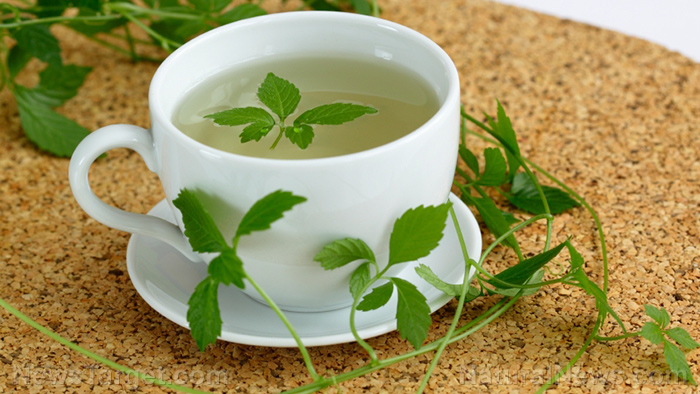Talc linked to cancer and other health problems
06/15/2025 / By Olivia Cook
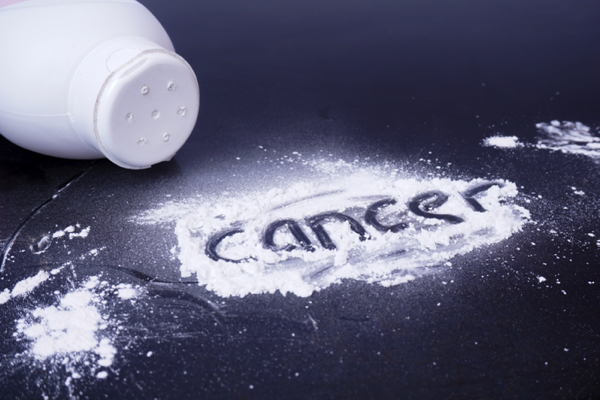
- Talc, a natural mineral used for moisture absorption, is often mined near asbestos – a known carcinogen. Contamination in cosmetic products has been detected, raising health concerns.
- Studies suggest a possible association between genital talc use and ovarian cancer, though findings are mixed. Inhalation of talc may also pose lung cancer risks, especially for miners exposed to asbestos.
- Prolonged talc inhalation can cause lung irritation, scarring, or granulomas. Skin irritation and dryness are additional concerns, particularly for sensitive skin.
- The FDA has proposed mandatory asbestos testing for talc products, but small manufacturers may struggle with compliance due to resource constraints.
- Natural substitutes like cornstarch, tapioca starch, arrowroot powder, kaolin clay and oat flour offer effective, non-toxic alternatives for moisture absorption and skin care.
For generations, talcum powder – often just called “talc” – has been a go-to solution for absorbing sweat, preventing rashes and keeping us feeling fresh. But behind its silky feel is a growing storm of controversy, regulatory scrutiny and health concerns.
So what’s the truth behind talc? Is it really dangerous? And, most importantly, are there safer alternatives available?
At its core, talc is a natural mineral composed of magnesium, silicon and oxygen. On its own, it seems harmless. But here’s the catch: Talc is often mined from natural deposits were it lies side-by-side with asbestos – a known carcinogen.
This proximity means that talc can sometimes be contaminated with asbestos during mining. While manufacturers don’t add asbestos intentionally, testing has revealed contamination in cosmetic products on store shelves. Worse, some of those products have ended up in homes across America.
The Food and Drug Administration (FDA) has proposed a new rule requiring asbestos testing in talc-based products – a big step forward. But critics warn that the burden of compliance may fall hardest on small manufacturers, who may lack the resources to run thorough testing or maintain rigorous records.
Talc and cancer
Perhaps the most alarming aspect of the talc debate is its possible link to cancer. Studies, including a retrospective case-control study published in Epidemiology, have shown a small – but not insignificant – association between regular talc use in the genital area and ovarian cancer. Some lab studies on animals have found tumor formation when exposed to talc, while others haven’t. Human studies, too, have shown mixed results.
One consistent finding? Women who frequently use talc-based powders in the genital region may have a slightly higher risk of ovarian cancer. The particles could potentially travel through the reproductive tract and irritate the ovaries over time. While the overall increase in risk appears small, the widespread use of talc raises serious questions.
Some studies also looked into talc’s role in lung cancer among miners exposed to talc, asbestos and other underground toxins.
Respiratory and skin concerns
Breathing in loose talc powder can irritate the lungs and cause respiratory problems, such as coughing and shortness of breath. In more serious cases – especially with heavy or repeated exposure – it may lead to lung damage, including scarring (fibrosis) or increased pressure in the lung’s blood vessels (pulmonary hypertension).
Long-term exposure can also trigger the formation of small inflammatory nodules, known as granulomas. Talc inhalation may also result in restrictive lung disease, which make it harder for the lungs to expand fully.
And then there’s skin irritation. For people with sensitive or mature skin, talc can cause allergic reactions and dryness. It absorbs moisture aggressively, which can sometimes strip the skin’s natural barrier.
8 Safer alternatives to talc
The comforting news is that talc isn’t the only thing people can use to keep their skin dry, protected and smooth. Nature offers a lineup of safe, effective and easily accessible alternatives that do the same job – without the risks.
Cornstarch
One of the most popular options is cornstarch, a kitchen staple made from corn kernels. It is highly absorbent and has larger particles than talc, making it less likely to be inhaled. Cornstarch is also gentle enough for babies.
Baking soda
Another effective option is baking soda, widely praised for its moisture-absorbing and odor-neutralizing properties. While it works under the arms or on feet, pure baking soda can be a bit harsh on sensitive skin. That’s why many brands mix it with gentler ingredients, like cornstarch or kaolin clay.
Tapioca starch
Tapioca starch derived from the cassava plant might be a more suitable bet for those with sensitive or irritation-prone skin. This ultra-fine, hypoallergenic starch absorbs moisture without clogging pores or causing flare-ups. Some brands offer tapioca-based powders that are fragrance-free and formulated with kids in mind.
Arrowroot powder
For those with corn allergies or simply looking for a smooth, talc-like texture, arrowroot powder is a fantastic alternative. Made from tropical plants, it is soft, absorbent and gentle enough for all skin types.
Kaolin clay
A naturally occurring soft white clay, kaolin clay is another standout. Commonly used in facial masks and skincare products, it detoxifies the skin while absorbing excess oil without over-drying.
Rice starch
Also on the rise is rice starch, a silky, fine powder made from ground rice. Used for centuries in Asian skincare traditions, it calms the skin and absorbs moisture well, though it can sometimes cake in very humid environments.
Oat flour
Then there’s oat flour, a coarser but incredibly soothing powder made from finely ground oats. Known for its calming, anti-inflammatory properties, oat flour is ideal for those with eczema, dry skin or diaper rash.
Custom natural blend
Finally, several brands now offer custom natural brands that combine two or more of these ingredients for added benefits. These multi-ingredient powders provide balanced moisture control, skin-calming properties and odor protection.
With so many natural alternatives available, and many already in pantries or local stores, it is easier than ever to move away from talc without giving up comfort or performance.
Visit Products.news for more similar stories.
Watch this video that asks whether talcum powder causes cancer or not.
This video is from the Daily Videos channel on Brighteon.com.
More related stories:
FDA experts demand ban on cancer-causing talc hidden in everyday food and medications.
Are you chewing toxic gum? FDA urged to ban talc in food and drugs over cancer, inflammation links.
J&J offers almost $9B to settle lawsuits alleging its talc-based baby powder cause cancer.
Sources include:
Submit a correction >>
Tagged Under:
baby powder, carcinogens, Dangerous, ingredients, lung disorders, products, safe alternatives, skin care, substitutes, talc, talcum powder, toxic ingredients
This article may contain statements that reflect the opinion of the author

